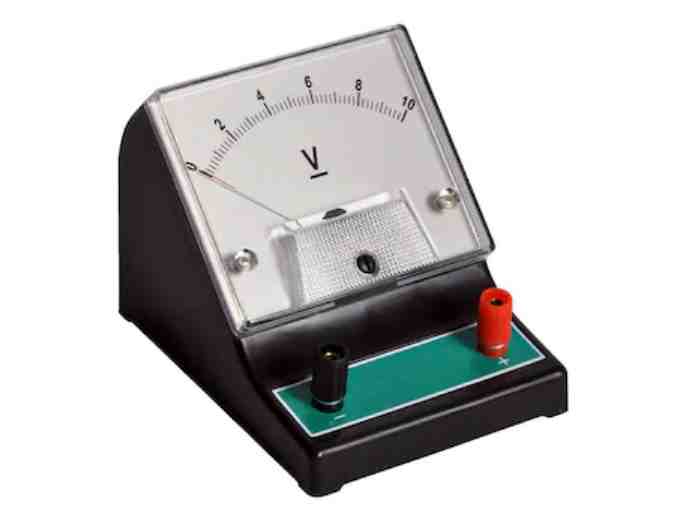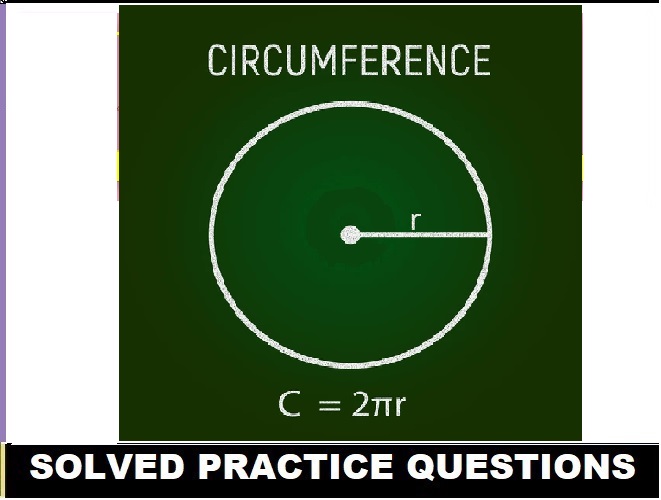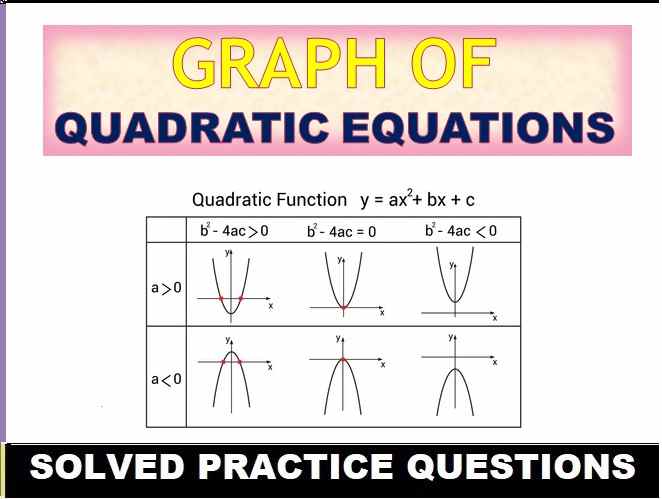Current Electricity Exe-9B Very Short Ans Type Concise Physics ICSE Class 9 Selina Publishers. There is the solutions of Very Short Answer type Questions of your latest textbook which is applicable in 2025-26 academic session. Visit official Website CISCE for detail information about ICSE Board Class-9 current electricity syllabus.

Current Electricity Exe-9B Very Short Answer Type
Concise Physics Class-9 ICSE Selina Publishers
| Board | ICSE |
| Class | 9 |
| Subject | Physics |
| Writer / Publication | Concise selina Publishers |
| Chapter-9 | Current Electricity |
| Exe-9B | Potential Defference and Resistance |
| Topics | Solution of Exe-9(B) Very Short Answer Type |
| Academic Session | 2025-2026 |
Exercise- 9B Potential Difference And Resistance
Current Electricity Exe-9B Very Short Ans Type Concise Physics ICSE Class 9 Selina Publishers
Page – 221
VERY SHORT ANSWER TYPE:
Que-1: What is the other name for the unit:
(a) Joule per Coulomb (b) Coulomb per second?
Ans:
(a) unit joule/coulomb is also known as volt.
(b) Coulomb per second is equivalent to ampere.
Que-2: For what purpose is a battery connected in a circuit?
Answer- The role of a battery in an electric circuit is to supply energy to the circuit by doing work upon the charge to move it from the low energy terminal to the high energy terminal.
Que-3: How will the resistance of a wire change if it is stretched?
Ans: The resistance of a wire is directly proportional to its length and inversely proportional to its area. A longer wire offers more resistance because electrons have to traverse a longer path.
Que-4: How does current change with voltage when it is altered across a given resistance ?
Ans: this equation, i = v/r, tells us that the current, i, flowing through a circuit is directly proportional to the voltage, v, and inversely proportional to the resistance. In other words, if we increase the voltage, then the current will increase. But, if we increase the resistance, then the current will decrease.
Que-5: Name the physical quantities whose units are:
(a) Coulomb and ampere (b) Volt and ohm.
Ans:
(a) charge and current.
(b) potential difference and resistance.
Que-6: How is the direction of flow of current between two charged conductors determined by their potentials ?
Ans: Current flows from high potential to low potential.
Que-7: Define the term potential difference.
Ans: Electric potential difference between two conductors is equal to the work done in transferring a unit positive charge from one conductor to other conductor.
Que-8: State and define the S.I. unit of potential difference.
Ans: The S.I. Unit of potential difference is Volt. The potential difference between two points is said to be 1 volt if work is done in transferring 1 coulomb of charge from one point to other point is 1 Joule.
Que-9: State and define the S.I. unit of resistance.
Ans: The S.I. unit of resistance is ‘ohm’ (volt per ampere). The resistance of a conductor is said to be 1 ohm if a current of 1 ampere flows through it when the potential difference across it is 1 volt.
Que-10: State Ohm’s law.
Ans: Ohm’s law states that the current through a conductor between two points is directly proportional to the potential difference across the two points and inversely proportional to the resistance between two points.
Que-11: How are the potential difference (V), current (1) and resistance (R) related?
Ans: Ohm’s law states that at constant temperature, the current through a conductor between two points is directly proportional to the voltage across the two points. Introducing the constant of proportionality, the resistance, the equation becomes, V = IR.
Que-12: State whether the resistance of filament of a bulb will decrease, remain unchanged or increase when it glows.
Ans: When current flows through a circuit, energy is dissipated in the form of heat. This heat results in the rise of temperature due to which the resistance increases. So, the temperature of the filament increases due to the current flow and this increases the resistance of the filament. Therefore, resistance of the filament of a bulb increases when it glows.
—: end of Current Electricity Exe-9B Very Short Ans Type Concise Physics ICSE Class 9 Selina Publishers :—
Return to :- Concise Selina Physics ICSE Class-9 Solutions
Thanks


